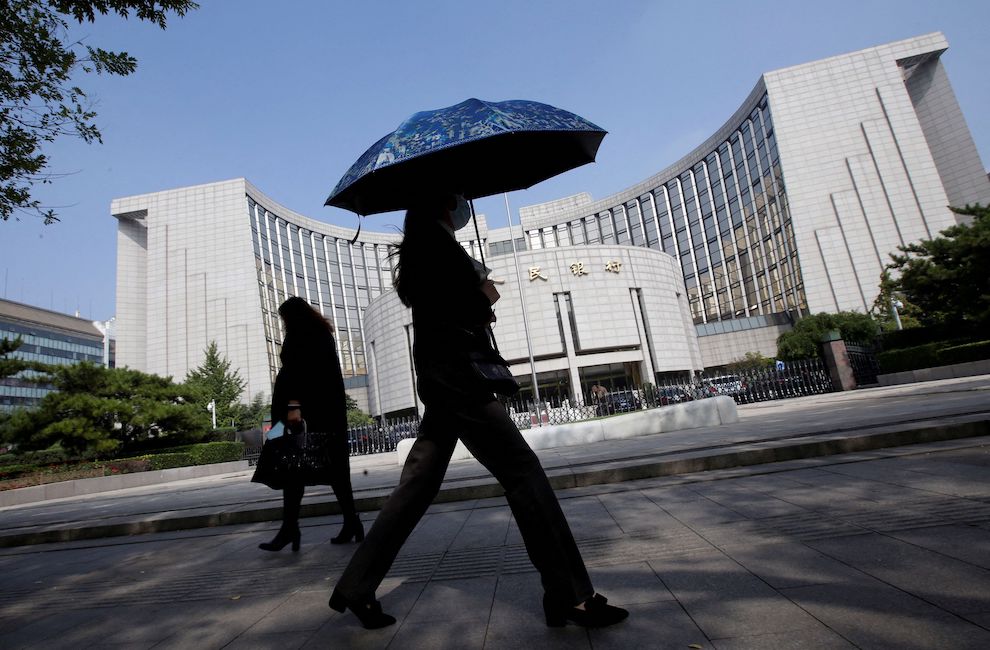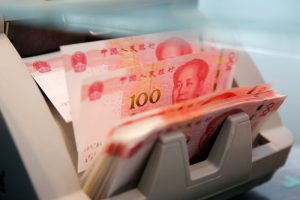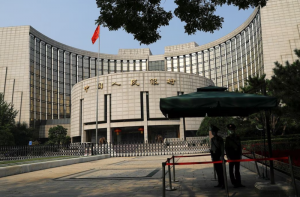China’s central bank has pledged to target its own high-risk institutions in a bid to head off the threat of systemic financial risks in the future.
Reforms of problematic small and mid-sized financial institutions have made key progress, the People’s Bank of China (PBOC) said in a statement on Wednesday, and illegal financial activities have been curbed.
The central bank will continue to follow the guidance of “overall planning and coordination, differentiated policies and precise bomb disposal”, it said.
“It is necessary to strengthen the financial risk disposal mechanism and capacity building, strengthen monitoring, early warning and evaluation”.
Also on AF: Beijing Regulator Delays CATL’s $5 Billion Swiss GDR Listing
China’s economy showed a gradual though uneven recovery in the first two months, but statistics bureau spokesman Fu Linghui told a briefing on Wednesday that corporate and personal balance sheets damaged during the pandemic would need time for repair.
Central bank chief Yi Gang told a news conference on March 3 that China has reduced the number of high-risk small- and medium-sized financial institutions to more than 300 from over 600 over the past three years.
The government has unveiled plans to set up a new regulator – the National Financial Regulatory Administration – which will take over some regulatory responsibilities, including overseeing financial holding companies and investor protection, from the PBOC.
“The revamp signals a shift in the government’s priority towards financial stability and de-risking the financial exposure of local governments and financial institutions,” ANZ analysts said in a note.
“Local governments’ explicit debts have increased 16% year-on-year over the past five years. Their implicit debts may have reached 60 trillion yuan ($8.69 trillion), or half of China’s GDP, according to our estimates,” ANZ said.
- Reuters with additional editing by Sean O’Meara
Read more:
Indian Bank Rushes to Calm Users After Name Confusion With SVB
Asia Stocks Tumble as SVB Collapse Sparks Contagion Panic
Chinese Start-Ups Hunt for ‘Friendly’ Banks to Park SVB Funds
China Firms Rush To Distance Themselves From SVB Collapse
























